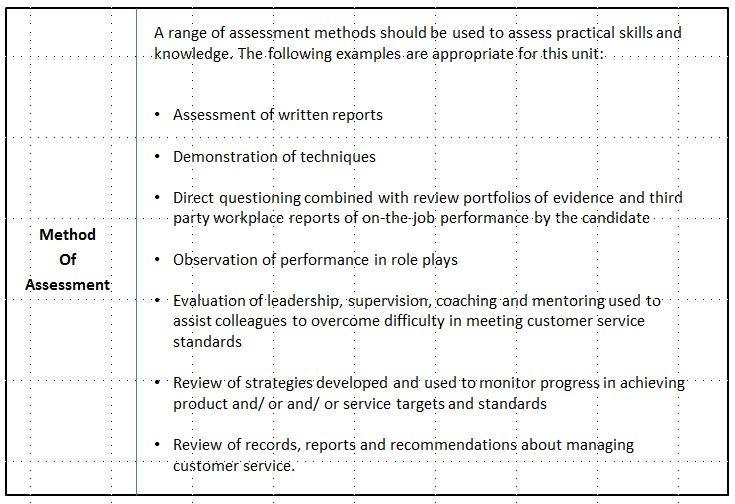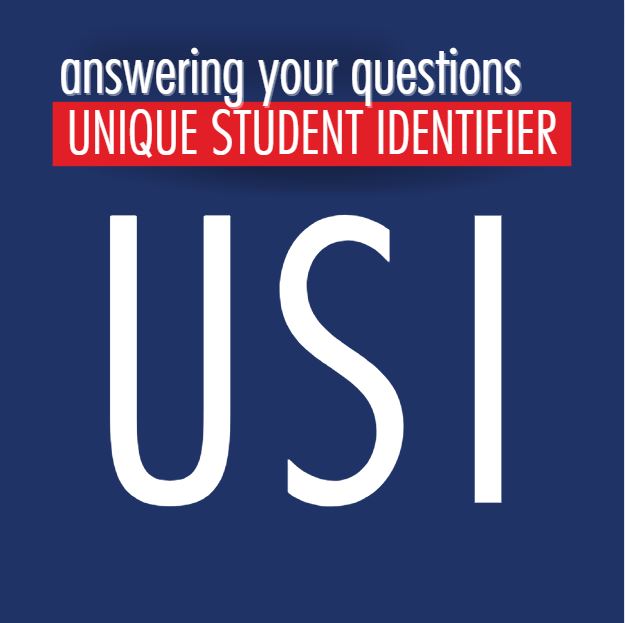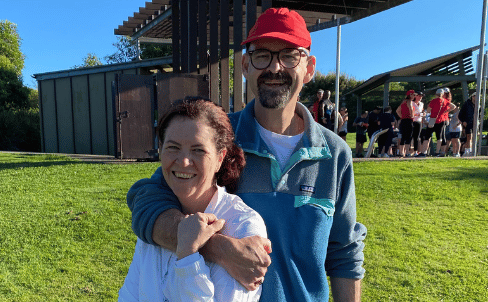A Recognition of Prior Learning (RPL) Assessment is very practical assessment method for vocational qualifications. Most people think of assessment for a qualification as something like an exam or an assignment, and those are commonly used assessment methods when you are studying a qualification. Fortunately for those of us with years of experience, RPL assessment is another method for assessing you against a qualification.
RPL assessment is a completely legitimate but much more practical and experience focused assessment method. And as a bonus, if you choose the right RPL assessor to work with, it can come without the stress that exams bring. Remember that exam stress and your mind going blank right on the answer you really need? Not even a possibility with RPL assessment.
RPL assessment is basically saying that you have sat your exam and completed your assignment in real life, through using the knowledge you have and demonstrating the competency you have built up, often on the job.
The markers guide is the same whether you are assessed by RPL or by exams or assignments; that is, each qualification has a level of required skills and knowledge that have to be demonstrated in order to be deemed to be competent (a pass).
The best part of the markers guide being the same is that a qualification whether assessed by RPL or assessed by the traditional strategies is no different. You just receive the qualification. It is irrelevant whether you used experience to pass or sweated buckets over a time-pressured test.
For example, if you were studying the BSB51107 Diploma of Management (now superseded by BSB51918 Diploma of Leadership and Management)
then you would be assessed against 8 units. One of those units may be Manage Quality Customer Service BSBCUS501C.
Now, brace yourself, I’m going to take you through a little bit of the technical stuff but I promise that I won’t leave you behind.
A unit breaks down into elements (the essential outcomes for a unit) and performance criteria (what you need to demonstrate in order to be deemed to be competent). These two standards, elements and performance criteria are different for every unit that goes into a qualification.
However, regardless of which assessment method you use, including RPL assessment, you will be assessed against both of these standards. In addition, the unit will list required skills and knowledge that must be proven. Any assessment method used must address all four of these requirements. And there is going need to be evidence to sit against each of these requirements.
RPL Assessment requires Evidence of Competency
It’s time to talk about evidence. This is where most people’s eyes glaze over.
But bear with me – I was a Crown Prosecutor, a barrister who prosecuted criminals and I understand evidence and proving your case.
That is what RPL assessment boils down to now: proof of your skills. As an assessment method, you can understand that RPL requires proof of your skills and knowledge in the way of evidence to establish your case that you deserve credits for your qualification.
Remember our example of sitting an exam? When you are completing an exam, the answers you write on the page are proof that you understand the problem and have offered your skills and knowledge in applying a solution.
RPL assessment is not a formal written exam, but you still need to offer examples of your work that show you understood the problem and can apply your skills and knowledge to address the problem.
That normally requires an application for assessment by Recognition of Prior Learning and gathering together your evidence to match each element and performance criteria of every unit in the qualification you are enrolled to complete.
Some typical forms of evidence of your skills and knowledge could include samples of work you have already completed in your paid employment.
As each unit breaks down into different composites, the proof you offer needs to align against each of these sections:
- Elements
- Performance criteria
- Required skills
- Required knowledge
In addition, there is often a requirement that you must be assessed against each of these areas more than once. If we compare it to the example of sitting a written exam, you will remember that when you were asked to sit tests for a subject in the past you were asked to sit several tests and complete several assignments. Recognition of Prior Learning also requires proof across several contexts of your experience. For example, the unit we looked at earlier, Manage Quality Customer Service BSBCUS501C, says that a range of assessment methods should be used (which would include proof for RPL assessment):
That’s how we know how to prove our case.
But we are not done yet.
How do you complete an RPL assessment?
If you have looked at the units of the qualification, and broken them down, and you have looked at what evidence you have to prove your RPL case, you are now going to be asked to complete a Recognition of Prior Learning assessment application involves a process of academic mapping.
Notice the word ‘academic’?
It’s an academic process because you are being assessed for an academic outcome.
RPL assessment involves firstly examining carefully each of the evidentiary components of qualification, including both the core units and elective unit.
This is a process of breaking down each element to understand the depth and breadth of what must be demonstrated by an applicant’s skills and knowledge.
From there, examples of the applicant’s skills and knowledge must be gathered and matched to each of the qualification’s criteria. It is important that the evidence meets the requisite standard and is demonstrated in a range of contexts. This means you are going to have to give more than one example of how you are experienced in each aspect of the elements that make up each unit in a qualification.









